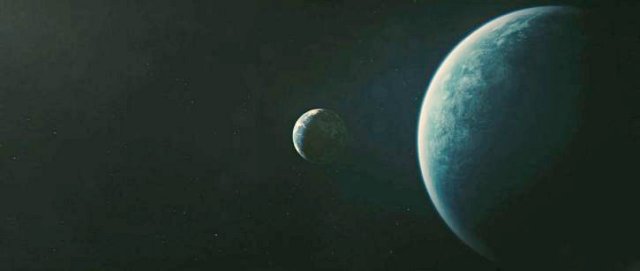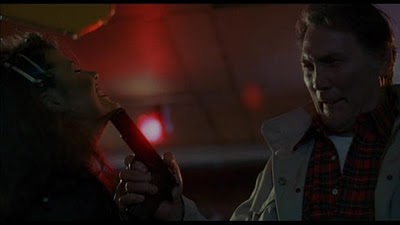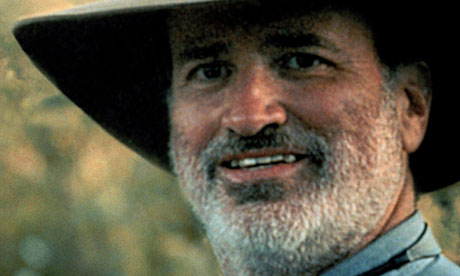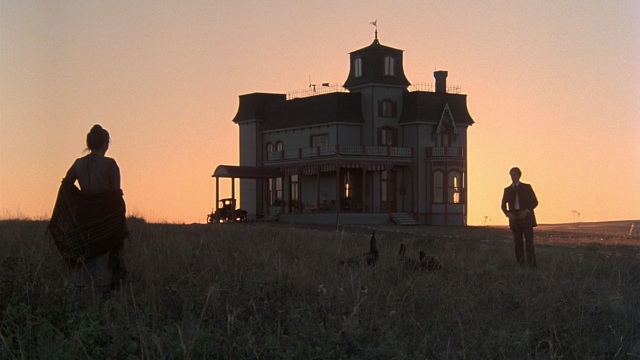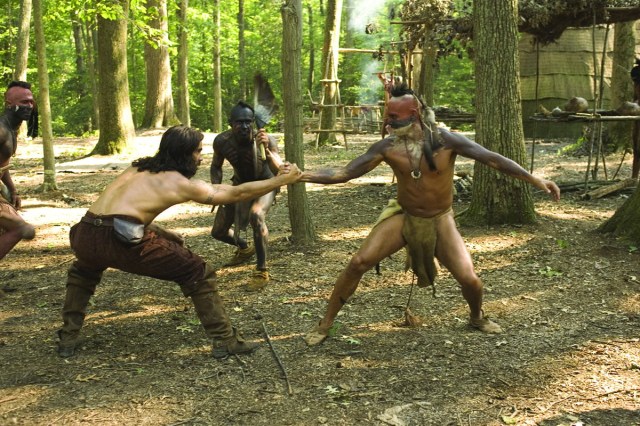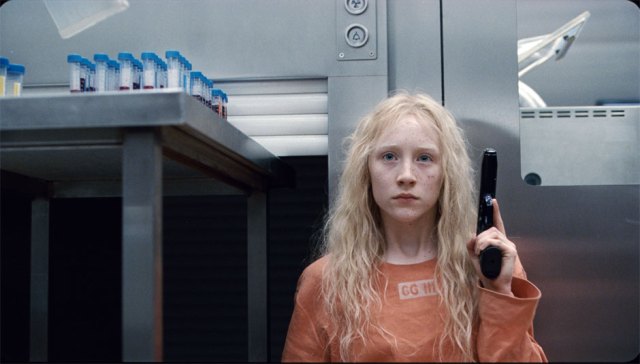I am sorry for the extended radio silence, between work and passion projects the writings here have fallen to the wayside. Thank you for reading and writing, here’s to finding time in 2012!
2011 was a strange year in cinema: the standouts were imperfect, giant films exploring small personal drama through an epic lens (Tree of Life, Melancholia) or niche films unable to reach a broader audience (Shame, Drive, The Artist), while several films from widely respected directors were fine but did not live up to the hype (Hugo and Descendants). Many films explored grand cosmic dilemmas and complex personal struggles, but the most successful works posed questions about our selves and our world instead of proposing answers. Perhaps due to the tumultuous state of the world, more than anything films this year looked at how we cope with loss. We saw film after film of characters trying to make sense of a recently missing person or piece of their life: Hugo and Extremely Loud, Incredibly Close revolve around children questing for a final interaction with their father, Tree of Life ponders the loss of a child and brother, Margaret explores a young adult’s loss of innocence after a tragic accident, We Bought a Zoo chronicles a family coping with the loss of the mother, while Attenberg, Uncle Boonmee, and Decendants revolve around imminent familial loss. All these films suggest that in the face of hardship and loss we must follow our hearts towards whatever we know to be right, however strange, and the best of the bunch left a lasting impact by begging us to continue being curious and engaged.
Still need to see: The Artist, A Separation, Albert Nobbs, Skin I Live In, Moneyball, Attack The Block, Young Adult, Midnight In Paris, The Help
Honorable Mention: Descendants, Girl With the Dragon Tattoo, Tinker Tailor Soldier Spy, Take Shelter, We Need To Talk About Kevin
TOP TEN
10. Extremely Loud and Incredibly Close – Stephen Daldry set a monstrous task for himself with ELIC: explore a boy’s loss of his father in a huge international incident to arrive at a sense of hope and wonder with the workings of our world. The daunting scale and extremely sensitive subject matter has left many divided on this film, but I was moved by the experience of Daldry’s film.
9. Margaret – This film is a structural mess: characters will disappear for an hour at a time and the emotional tone is all over the map. But, by the second half Lonergan had won me over, I am on Team Margaret: despite the fractured narrative each scene is imersively human and identifiable; whether horribly uncomfortable, hilarious, or helpless.
8. Win Win (see review)
7. Martha Marcy May Marlene – 3 American films this year used recurring unannounced temporal/reality shifts to engage the viewer with a character lost in personal turmoil brought about by trauma (MMMM, Take Shelter, and We Need To Talk About Kevin). This film, hinged on strong performances from Elizabeth Olson and John Hawkes, was the most effective and most enjoyable of the bunch and the only one I want to see again.
6. Uncle Boonmee Who Can Recall His Past Lives (see review)
5. Melancholia – I sincerely loathed moments of Lars Von Trier’s latest film: I left hating Kirsten Dunst and never wanting to hear or see her again. But as I walked from the theater, nauseous from the intoxicating blue-ness of the film’s conclusion, I realized I just hated watching manic depression perfectly articulated on-screen and stumbled upon the genius of the film.
4. Drive (see review)
3. Shame – Michael Fassbender is quickly becoming THE heavyweight actor and his performance here is absolutely stunning. But, one cannot discount the importance of the film’s director: this is Fassbender’s second film with Steve McQueen and his performance in each is breathtaking. While Shame is more conventional than Hunger, at times it is very directorial: shots or moments call attention to the beauty of McQueen’s craft, but do not lose the emotional weight screaming through the film.
1. Attenberg / Tree of Life (tie) – Both of these films are knockouts and each deals with loss and our place in life, though from vastly different viewpoints. Tree of Life is a gorgeous, unapologetically epic, mess that works best when Malick asks the deepest cosmic questions and worst when he tries to answer them (a recurring issue in his films). Attenberg is a small story that explores how we evolve and interact with each other, but manages to be hilarious and deeply effective. Each left me breathless and dying for more time with the characters and beautifully crafted images.
Most overrated: Hugo, Super 8, HP7, Margin Call
Films that pleasantly surprised me: Margaret, Tin Tin
Worst movies I saw (as far as I remember): Rango, Bad Teacher
This year’s GAAAAAHHHH film: Bellflower – This strange, offkilter film is certainly one of a kind. Initially I feared I had entered a nightmare: 2 hours of sepia-tone mumble-core about “charmingly weird” LA youths, then a Kate Bush cue over two main character eating ants opened this film up into something else entirely and never looked back. Good? Unclear. Hated it? Also unclear. Fun to watch? Sometimes, extremely so. Excruciating moments? Absolutely.


